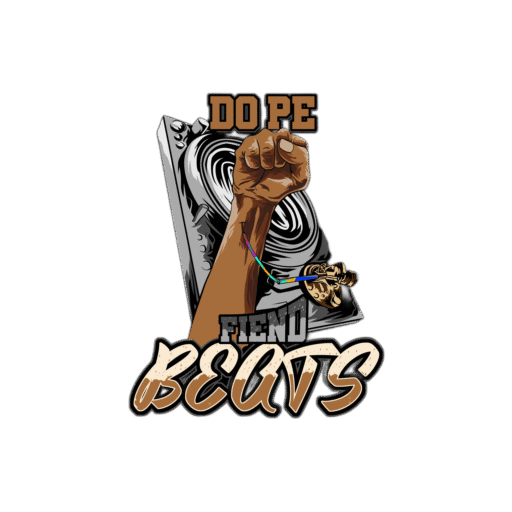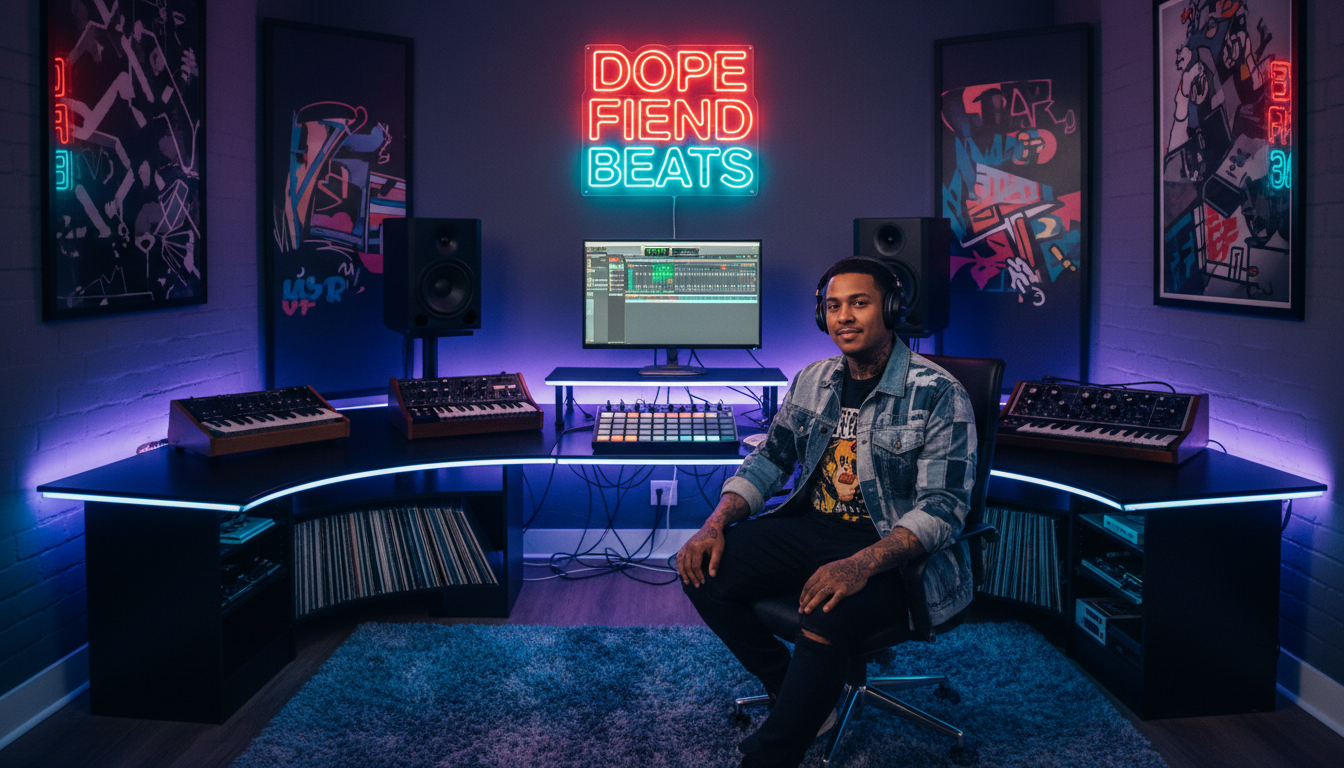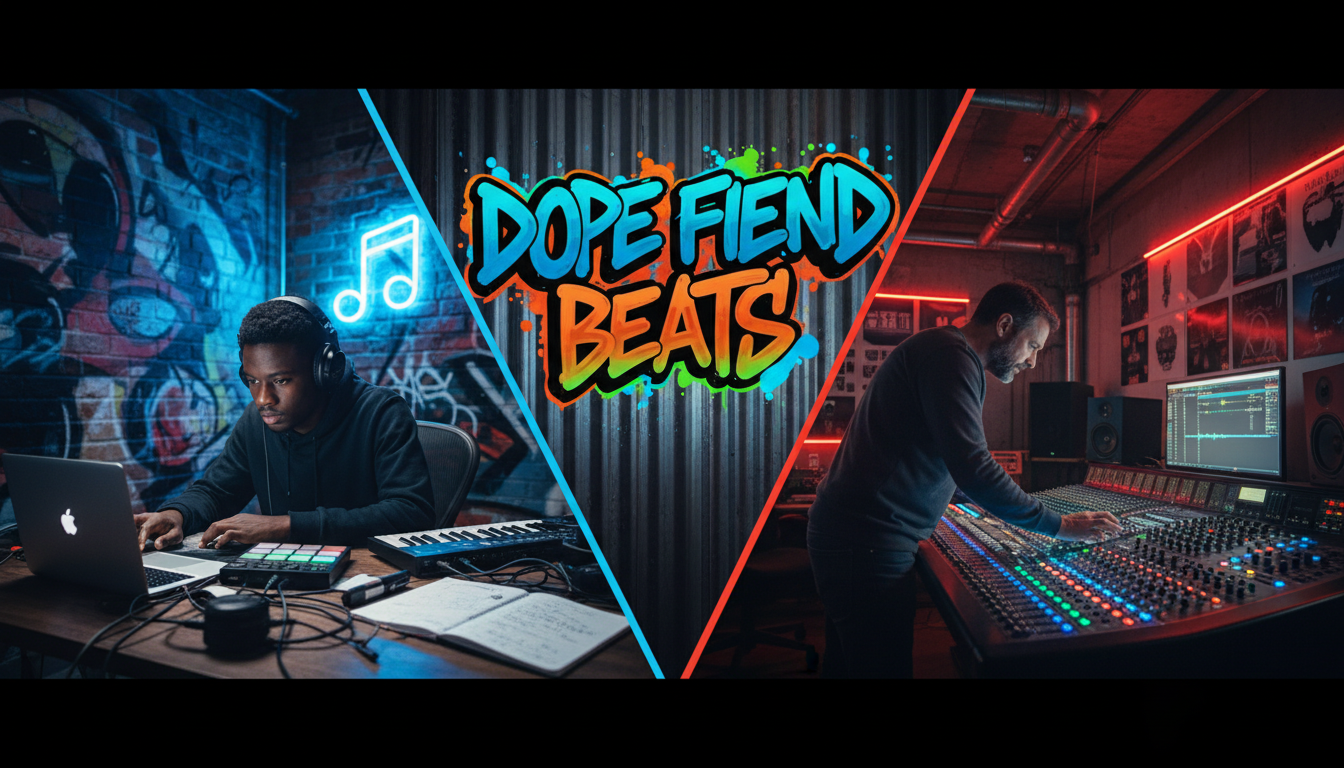A Step-by-Step Guide for Indie Musicians to Build Their Brand, Grow Their Audience, and Thrive in the Modern Music Business
Table of Contents
- Introduction: The Indie Artist Revolution
- Building Your Unique Brand
- Mastering Digital Distribution
- Social Media: Your Direct Line to Fans
- Monetizing Your Music
- Networking and Collaboration
- Live Performances and Virtual Shows
- Data Analytics: Understanding Your Audience
- Staying Consistent and Authentic
- Resource List
1. Introduction: The Indie Artist Revolution
The music industry has changed more in the last decade than in the previous fifty years. The rise of streaming, social media, and affordable home recording has leveled the playing field for independent artists. No longer do you need a major label to reach a global audience. But with opportunity comes competition. So, how do you stand out and succeed as an independent artist in 2026? Let’s break it down.
2. Building Your Unique Brand
Your music is just one part of your identity. In today’s crowded market, your brand is what sets you apart. Think of your brand as the story you tell through your music, visuals, and interactions.
- Define Your Message: What do you stand for? What emotions or ideas do you want your audience to associate with you?
- Visual Identity: Invest in professional photos, a memorable logo, and consistent artwork for your releases and social media.
- Authenticity: Audiences crave realness. Share your journey, struggles, and victories. Let your personality shine through.
Pro Tip:
Check out Canva for easy, affordable design tools to create your visual assets.
3. Mastering Digital Distribution
Gone are the days of pressing up CDs and hoping for radio play. Digital distribution platforms like DistroKid, TuneCore, and CD Baby allow you to get your music on Spotify, Apple Music, Tidal, and more.
- Choose the Right Distributor: Compare fees, payout structures, and extra services like YouTube monetization or sync licensing.
- Release Strategy: Don’t just drop music randomly. Plan your releases, build anticipation, and use pre-save campaigns to boost first-day streams.
- Metadata Matters: Make sure your song titles, credits, and ISRC codes are correct. This helps with royalty collection and discoverability.
4. Social Media: Your Direct Line to Fans
Social media is your stage, your press kit, and your fan club all in one. But it’s not just about posting selfies or song snippets.
- Platform Selection: Focus on where your audience hangs out. Instagram, TikTok, and YouTube are essential for most artists, but don’t sleep on Twitter/X or Facebook Groups for niche communities.
- Content Mix: Share behind-the-scenes footage, live Q&As, music tutorials, and personal stories. Engage with comments and DMs.
- Consistency: Post regularly, but don’t spam. Quality over quantity.
Resource:
Hootsuite and Buffer can help you schedule posts and track engagement.
5. Monetizing Your Music
Streaming royalties are just one piece of the pie. Diversify your income streams to build a sustainable career.
- Merchandise: T-shirts, hats, vinyl, and even digital merch like NFTs can boost your income and brand visibility.
- Crowdfunding: Platforms like Patreon and Bandcamp let fans support you directly.
- Sync Licensing: Get your music placed in TV, film, or video games for exposure and extra cash. Check out Songtradr and Musicbed.
6. Networking and Collaboration
No artist is an island. Building relationships with other musicians, producers, and industry professionals can open doors you didn’t even know existed.
- Collaborate: Feature on other artists’ tracks, co-write songs, or remix each other’s work.
- Attend Events: Even in a digital world, in-person events like music conferences, open mics, and workshops are invaluable.
- Online Communities: Join forums and Discord servers focused on your genre or region.
7. Live Performances and Virtual Shows
Live shows are back, but virtual performances are here to stay. Both offer unique ways to connect with fans and make money.
- Local Gigs: Start with open mics, then move up to headlining your own shows. Build relationships with local venues and promoters.
- Virtual Concerts: Platforms like Stageit and Twitch Music let you perform for fans worldwide.
- Hybrid Events: Combine in-person and online elements for maximum reach.
8. Data Analytics: Understanding Your Audience
Knowledge is power. Use analytics to understand who your fans are, where they live, and what content they love.
- Spotify for Artists: See your top cities, age groups, and playlist adds.
- Social Media Insights: Track which posts get the most engagement and adjust your strategy accordingly.
- Email Lists: Build a direct line to your fans. Use tools like Mailchimp to manage your list and send updates.
9. Staying Consistent and Authentic
The artists who win are the ones who keep showing up. Consistency builds trust and momentum. Authenticity builds loyalty.
- Set Goals: Break big dreams into small, actionable steps.
- Stay Inspired: Surround yourself with music, art, and people who fuel your creativity.
- Take Care of Yourself: Burnout is real. Balance hustle with rest.
10. Resource List
- DistroKid – Digital music distribution
- TuneCore – Digital music distribution
- CD Baby – Digital music distribution
- Canva – Design tools
- Hootsuite – Social media scheduling
- Buffer – Social media scheduling
- Patreon – Fan support platform
- Bandcamp – Direct-to-fan sales
- Songtradr – Sync licensing
- Musicbed – Sync licensing
- Stageit – Virtual concerts
- Twitch Music – Live streaming
- Mailchimp – Email marketing
Final Thoughts
Succeeding as an independent artist in today’s music industry is about more than just making great music. It’s about building a brand, connecting with fans, leveraging technology, and staying true to your vision. The tools are in your hands. The world is listening. Now’s your time to shine.




